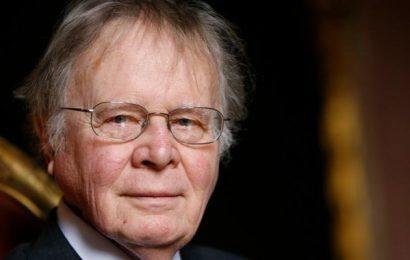The National University of Singapore (NUS) managed to built Singapore’s first net-zero energy building
A new building was just opened in Singapore, the building is special because it was designed to consume only as much energy as it produces. The six-story building is the first of its kind and was built from scratch by The National University of Singapore (NUS) to be the new headquarters of its School of Design and Environment (SDE).
Being environmentally friendly, the new building which is called SDE4, features a solar panel roof and a hybrid cooling system to help the building have net-zero energy consumption. The solar farm on the roof has more than 1,200 solar photovoltaic panels that should generate more than 500 megawatts of energy a year, which is the equivalent to the annual energy consumption of about 110 four-room Housing Board flats, obviously more than the faculty and its students are expected to use.
The dean of the school, Lam Khee Poh, stated: “Everything is plugged back into the grid. Whatever we collect, we bank it in, and then we draw it out for usage. So we keep account of how much comes in and how much goes out every day.” The building is estimated to save about $180,000 in energy costs a year, although the dean refused to reveal the cost of its construction.
Green buildings are better
Generally, buildings account for almost 40% of greenhouse gas emissions worldwide, and more renewable energy solutions are necessary in order to meet the targets mandated by the Paris climate accord. Even though there were only 500 net zero energy commercial buildings and 2,000 net zero energy housing units worldwide in 2017, there has been some progress made since 2010 because the number of zero energy buildings across the United States and Canada has spiked 700%.
The building’s cooling system is designed as a single-pass system with no recirculated air and in a way to maximize natural wind providing fresh air to staff and students. Also, the building users were asked to be conscious about using resources and use air conditioning only when absolutely necessary, instead make use of ceiling fans and opening doors and windows.
When the project was first launched, the University president, Tan Eng Chye, stated that the building is “testament to our continuous efforts in incorporating sustainability in various aspects of our campus life. We hope that this novel concept will inspire future high-performance buildings and sustainable development designs in Singapore and beyond.”



